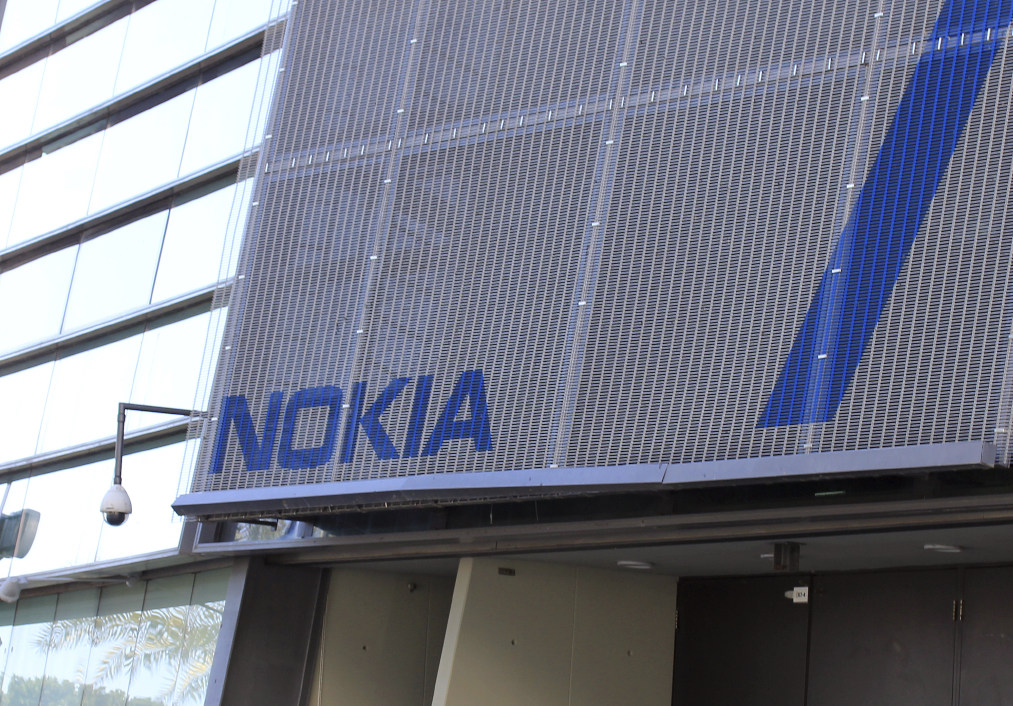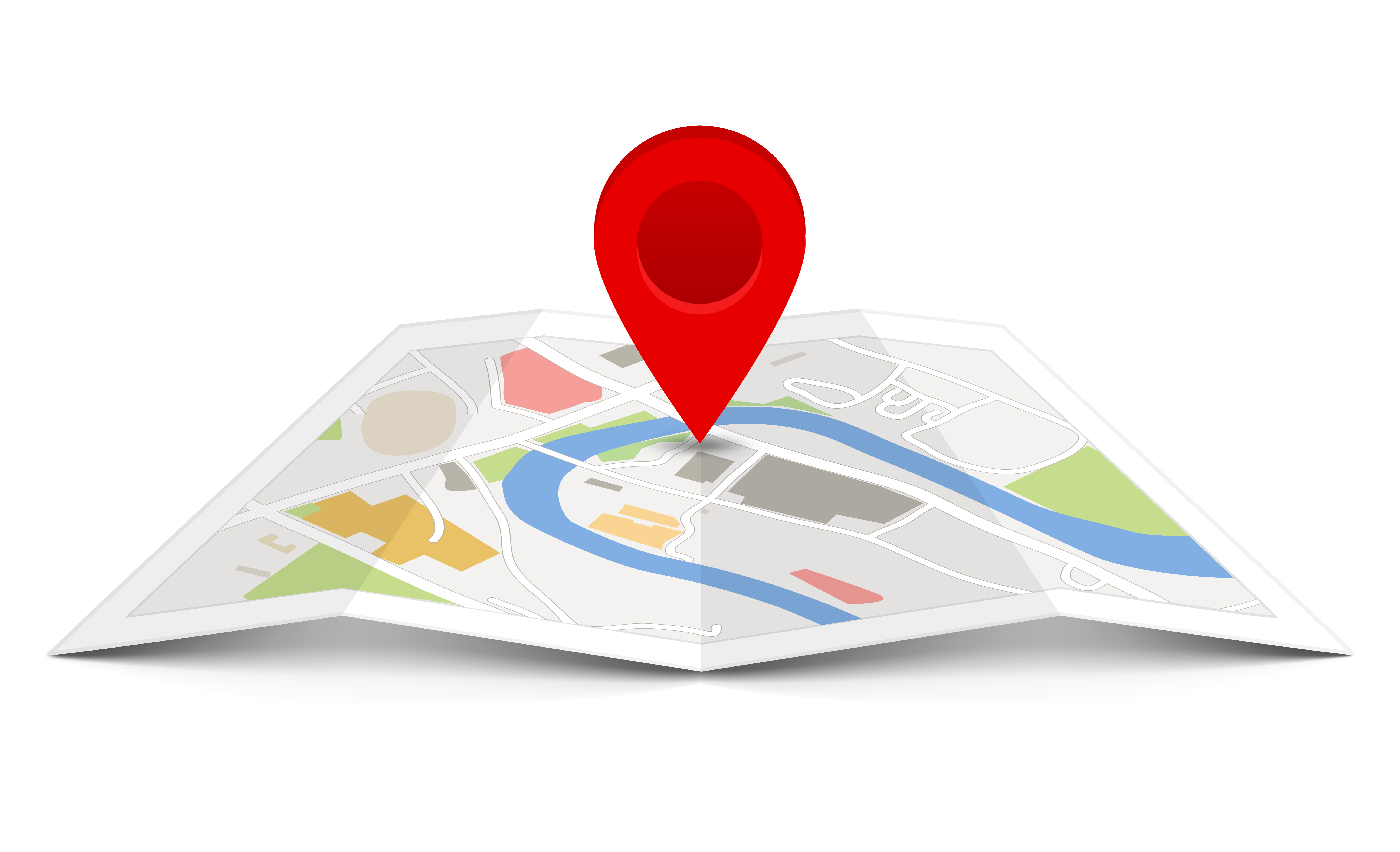What Happened
After months of speculation, Nokia finally confirmed this week that it has agreed to sell its HERE mapping unit to a group of European automobile makers, Audi, BMW, and Daimler AG, parent company of Mercedes, reportedly for $3.07 billion.
What Brands Should Do
With the rise of connected cars and consumer interests, automakers are starting to realize the increasing importance of owning their navigation and mapping data. Nokia’s HERE mapping unit provides a reliable alternative to the mapping services developed by silicon valley companies like Google Maps. It is crucial for those in the automobile industry to continue building out their software and corresponding platforms through partnerships and acquisitions, so as not to become dependent on a third-party service.
Source: TechCrunch



